Time:2024-09-13


Introduction
Today, we will share the stability study of specific impurities in reversible proton pump inhibitors-Vonoprazan. Vonoprazan is a reversible proton pump inhibitor with advantages such as faster onset of action (full effect of the first dose), longer lasting acid suppression effect, better acid suppression effect at night, and higher mucosal healing rate. Used to treat acid related diseases, including Helicobacter pylori infection, gastroesophageal reflux, peptic ulcer, duodenal ulcer, gastric ulcer, and esophagitis.
Experimental scheme
In this experiment, our center conducted a solution stability study on samples RM-V141620 (U2; Vonoprazan Impurity T; CAS#2416241-96-6), RM-V141621 (U3; Vonoprazan Impurity U; CAS#2416241-97-7), RM-V141623 (U6; Vonoprazan Impurity W; CAS#2170020-79-6) and RM-V141624 (U8; Vonoprazan Impurity X; CAS#881732-90-7) using the chromatographic conditions used under the "Related Substances" section of the "Vonoprazan fumarate tablets" (standard number JX20190049) issued by the State Food and Drug Administration. The sample number and structure used are shown in Figure 1 and Figure 2:
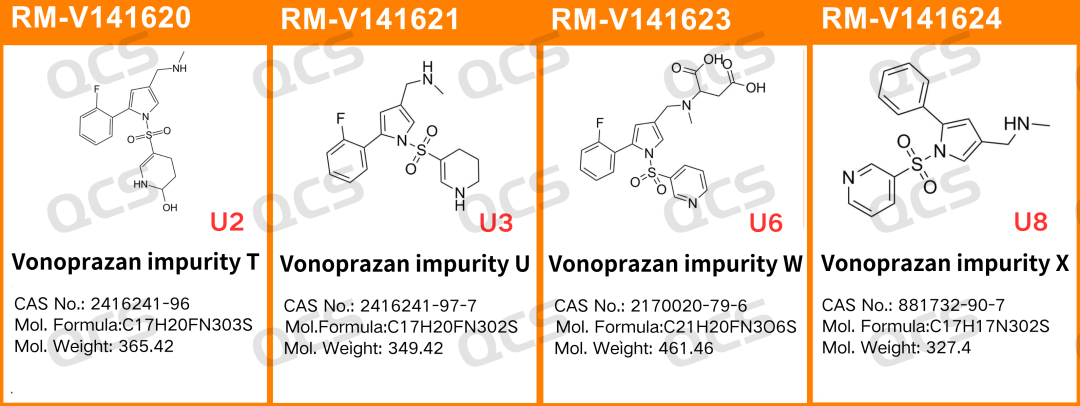
Figure 1: The impurity item number and structural formula used in this study
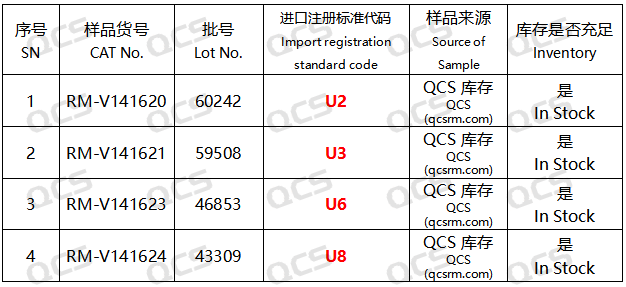
Figure 2: Correspondence diagram between impurity item number and standard impurity code
In this experiment, the experimenter took appropriate amounts of each of the four samples and placed them in acidic, neutral, and alkaline solutions, respectively. They were left at room temperature and pressure for 0, 3, 6, 12, and 24 hours, and then injected for detection according to the chromatographic conditions used under the "Related Substances" section of "Vonoprazan fumarate tablets" (standard number JX20190049). Observe the changes in the peak area of the main peak of the sample as the sample is placed for an extended period of time. Based on this, determine the stability of the sample solution.
Experimental result
After testing, it was found that the main peak area of samples RM-V141620 (U2), RM-V141621 (U3), and RM-V141623 (U6) did not change significantly after being placed in acidic, neutral, and alkaline solutions for 24 hours, and their relative standard deviations were all less than 2.0%. So the three sample solutions can be considered stable. The specific monitoring data are shown as follows:
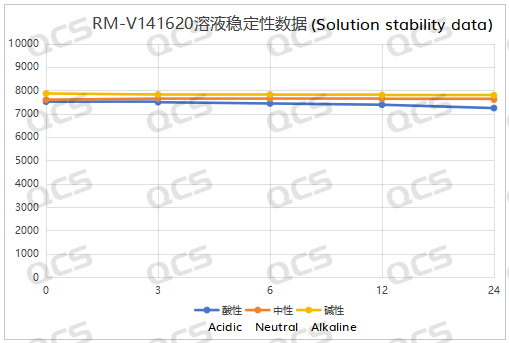
Figure 3: Summary of solution stability data for sample RM-V141620 (U2)
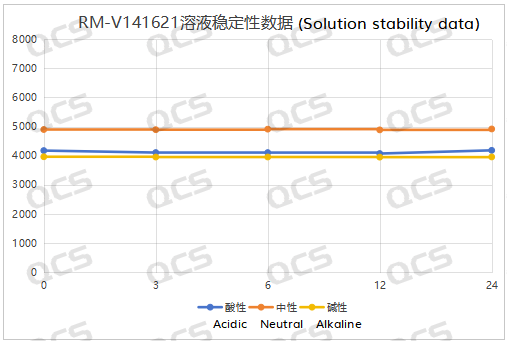
Figure 4: Summary of solution stability data for sample RM-V141621 (U3)

Figure 5: Summary of solution stability data for sample RM-V141623 (U6)
take care
After testing, it was found that the main peak area of sample RM-V141624 (U8) changed significantly after being placed in an acidic solution for 24 hours, with a relative standard deviation of 2.89%. So it can be considered that the sample is relatively unstable and undergoes slow degradation when left in an acidic solution for 24 hours. The experimenter summarized and organized the sampling and testing data of the sample after being placed in acidic, neutral, and alkaline solutions for 24 hours, and created a line graph of the change in the main peak area of the sample with placement time, as shown in Figure 6 below. From Figure 6, it can be seen that the sample degrades rapidly after being placed in an acidic solution for 3 hours, with a decrease of about 5.84% in the main peak area. During the 24-hour storage of the sample in neutral and alkaline solutions, there was little change in the peak area of the main peak, and the relative standard deviation was less than 2.0%. So it can be considered that the sample remains stable after being placed in neutral and alkaline solutions for 24 hours. The main peak area data of sample RM-V141624 (U8) at each detection point under various pH conditions are as follows:

Figure 6: Summary of solution stability data for sample RM-V141624 (U8)
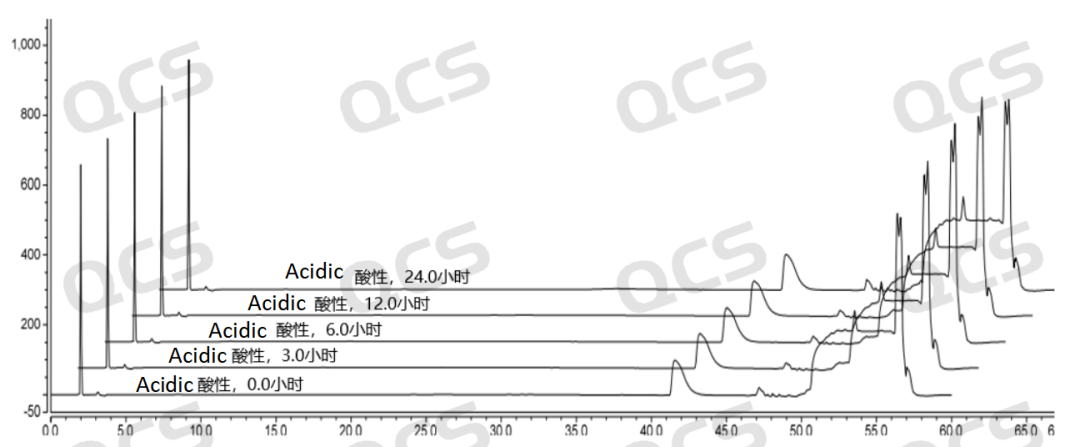
Figure 7: Stereoscopic graph of solution stability data for sample RM-V141624 (U8)
experiment conclusion
n summary, through this experiment, we found that samples RM-V141620 (U2), RM-V141621 (U3), and RM-V141623 (U6) have good stability in acidic, neutral, and alkaline solutions. Sample RM-V141624 (U8) undergoes partial degradation during the preparation process with acidic solution, but has good stability in both neutral and alkaline solutions. Therefore, customers should avoid using acid dilutions when testing sample RM-V141624 (U8), and should not touch acid during use, storage and transportation. If the customer needs the stability content of these 4 samples, welcome to consult our company.




Introduction
Today, we will share the stability study of specific impurities in reversible proton pump inhibitors-Vonoprazan. Vonoprazan is a reversible proton pump inhibitor with advantages such as faster onset of action (full effect of the first dose), longer lasting acid suppression effect, better acid suppression effect at night, and higher mucosal healing rate. Used to treat acid related diseases, including Helicobacter pylori infection, gastroesophageal reflux, peptic ulcer, duodenal ulcer, gastric ulcer, and esophagitis.
Experimental scheme
In this experiment, our center conducted a solution stability study on samples RM-V141620 (U2; Vonoprazan Impurity T; CAS#2416241-96-6), RM-V141621 (U3; Vonoprazan Impurity U; CAS#2416241-97-7), RM-V141623 (U6; Vonoprazan Impurity W; CAS#2170020-79-6) and RM-V141624 (U8; Vonoprazan Impurity X; CAS#881732-90-7) using the chromatographic conditions used under the "Related Substances" section of the "Vonoprazan fumarate tablets" (standard number JX20190049) issued by the State Food and Drug Administration. The sample number and structure used are shown in Figure 1 and Figure 2:

Figure 1: The impurity item number and structural formula used in this study

Figure 2: Correspondence diagram between impurity item number and standard impurity code
In this experiment, the experimenter took appropriate amounts of each of the four samples and placed them in acidic, neutral, and alkaline solutions, respectively. They were left at room temperature and pressure for 0, 3, 6, 12, and 24 hours, and then injected for detection according to the chromatographic conditions used under the "Related Substances" section of "Vonoprazan fumarate tablets" (standard number JX20190049). Observe the changes in the peak area of the main peak of the sample as the sample is placed for an extended period of time. Based on this, determine the stability of the sample solution.
Experimental result
After testing, it was found that the main peak area of samples RM-V141620 (U2), RM-V141621 (U3), and RM-V141623 (U6) did not change significantly after being placed in acidic, neutral, and alkaline solutions for 24 hours, and their relative standard deviations were all less than 2.0%. So the three sample solutions can be considered stable. The specific monitoring data are shown as follows:

Figure 3: Summary of solution stability data for sample RM-V141620 (U2)

Figure 4: Summary of solution stability data for sample RM-V141621 (U3)

Figure 5: Summary of solution stability data for sample RM-V141623 (U6)
take care
After testing, it was found that the main peak area of sample RM-V141624 (U8) changed significantly after being placed in an acidic solution for 24 hours, with a relative standard deviation of 2.89%. So it can be considered that the sample is relatively unstable and undergoes slow degradation when left in an acidic solution for 24 hours. The experimenter summarized and organized the sampling and testing data of the sample after being placed in acidic, neutral, and alkaline solutions for 24 hours, and created a line graph of the change in the main peak area of the sample with placement time, as shown in Figure 6 below. From Figure 6, it can be seen that the sample degrades rapidly after being placed in an acidic solution for 3 hours, with a decrease of about 5.84% in the main peak area. During the 24-hour storage of the sample in neutral and alkaline solutions, there was little change in the peak area of the main peak, and the relative standard deviation was less than 2.0%. So it can be considered that the sample remains stable after being placed in neutral and alkaline solutions for 24 hours. The main peak area data of sample RM-V141624 (U8) at each detection point under various pH conditions are as follows:

Figure 6: Summary of solution stability data for sample RM-V141624 (U8)

Figure 7: Stereoscopic graph of solution stability data for sample RM-V141624 (U8)
experiment conclusion
n summary, through this experiment, we found that samples RM-V141620 (U2), RM-V141621 (U3), and RM-V141623 (U6) have good stability in acidic, neutral, and alkaline solutions. Sample RM-V141624 (U8) undergoes partial degradation during the preparation process with acidic solution, but has good stability in both neutral and alkaline solutions. Therefore, customers should avoid using acid dilutions when testing sample RM-V141624 (U8), and should not touch acid during use, storage and transportation. If the customer needs the stability content of these 4 samples, welcome to consult our company.


Join Our Email List
Subscribe to receive updates on new
products, promotions and resources!
Join Our Email List
Subscribe to receive updates on new
products, promotions and resources!
| ISO 17034:2016 |
| ISO 9001:2015 |

*All our products are for R&D.

*All our products are for R&D.
Copyright © 2021-2024 QCSRM All rights reserved. 粤ICP备2023004355号
Copyright © 2021-2024 QCSRM All rights reserved.
粤ICP备2023004355号